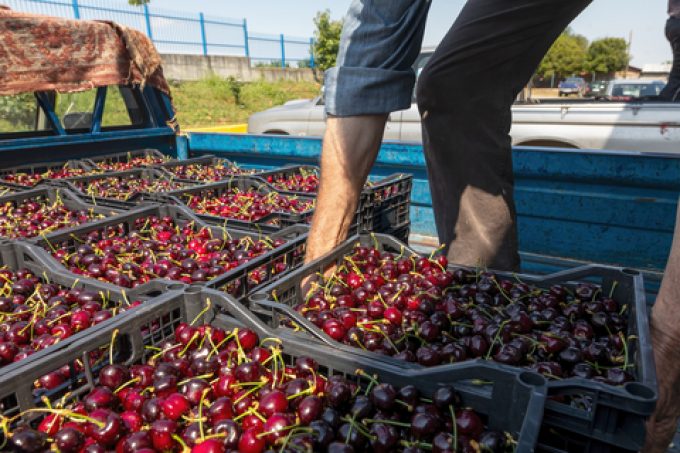Hong Kong Airport celebrates as 'landmark' three-runway system takes off
Hong Kong International Airport yesterday celebrated the launch of its much-awaited three-runway system and new ...

After two successive years of sub-standard crops, this year’s cherry harvest in the US provided more fruit for export – but “other factors” continued to weigh on airfreight volumes.
Airlines had been anticipating the cherry season, traditionally one of the boosters of airfreight volumes from the North American west coast to markets in Asia and Europe. In 2021, a heatwave decimated the crop in the Pacific north-west, and a cold and wet spring the following year produced the smallest harvest in ...
Keep our news independent, by supporting The Loadstar
Volume surge and an early peak season? 'Don't celebrate too soon,' warning
Container spot rates diverge: to Europe still falling, but firmer to the US
Hapag-Lloyd won't take bookings if port congestion leaves cargo stranded
Ecommerce likely the front-runner in resurge of transpacific trade after deal
China-US trade tariff pause could drive a rebound for transpacific rates
Service chaos from trade ban with India a problem for Pakistan shippers
Shippers should check out the 'small print' in China-US tariff cuts
Airfreight rates ex-China 'loss-making', but hopes of a trade deal stay high
Carriers impose 'emergency operation' surcharges on Pakistan cargo
Serious threat to jobs in US logistics as tariffs cause economic 'stagflation'
15% rebate for box ships as Suez Canal Authority woos carriers
White House u-turns see freighters flying but keep logistics players on their toes
MSC in terminal switch as Nhava Sheva gets strong start to new fiscal year
Peak season or recession? Forwarders and shippers need to 'stay flexible'
Volga-Dnepr claims 'pirate' Canada has 'hijacked' its stranded aircraft

Comment on this article